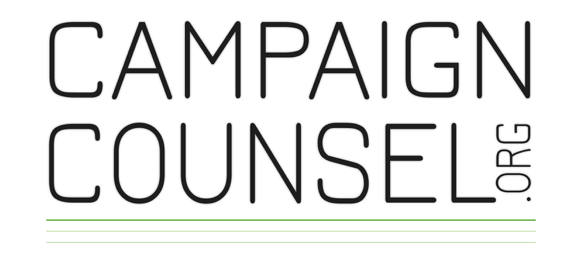Capital Campaign Case for Support Simplified
A capital campaign case for support is a document that outlines the needs and benefits of a nonprofit’s capital request. The very best cases for support weave together the image of the nonprofit, its role in the community, and how fulfilling that role benefits its users and the community.
A case for support is generated by internal staff along with community leaders and donors. It is important to include internal and community leaders’ perspectives. If you only have the internal perspective, you may miss the case’s key selling points from the potential donor’s perspective.
A case for support can be generated during a capital campaign feasibility study. Information gathered from the study is integrated into the case elements. Through the study, a nonprofit should solidify its image, its role in the community and how it benefits the community. These elements all become key parts of the case for support.
A case for support is a long document that touches on all the pertinent elements of a capital appeal. It is not intended to be a stand-alone document. Rather, it is the building blocks for newsletters, brochures, grant requests and video scripts. Think of it as a depot of information that can be pulled from depending upon the nonprofit’s need. For example, if the nonprofit needs to write a grant request, the information from the case for support can be cut-and-pasted into the request with the foundation’s areas of interest woven into the response.
The case for support should focus on a specific capital appeal. It includes the nonprofit’s mission and vision, but also places focus on the quantified and qualified details of a project.
Elements of a Case for Support
A thorough case for support includes these elements:
Overview: A brief historic overview of the nonprofit – when did it open, who does it serve, how does it benefit the community, accolades.
Mission and Vision
Administration and Board of Directors
Challenge/Current Situation: What operating/programmatic/infrastructure shortfall(s) brought about the nonprofit’s desire to seek capital? This is the nonprofit’s “Need.”
Opportunity/Solution to Current Situation: Once the capital is raised, how will the nonprofit’s users and the service region benefit? This is the nonprofit’s “Benefit.”
Project Budget and Business Plan: The Business Plan is needed if staffing and/or expenses are increasing. This shows financial readiness or break-even point.
Project timeline: When will the project begin/end, including time for fundraising.
Summary: A blending of overview, challenge and opportunity that summarizes the needs and benefits of reaching the capital goal. Focus more on benefits; donors give more to solutions rather than challenges.
Tone of a Case for Support
A case for support can be written in first or third person, although writing in third person gives it a more objective tone. Many nonprofits err in focusing too much of their case on emotion. Donors are making an investment. Their return on investment is in helping a nonprofit to realize a solution. Use emotion to get their attention but use facts and figures to get them to invest.
Kevin Wallace is president of CampaignCounsel.org, specializing in capital campaign planning and management. Reach him by email or visit www.campaigncounsel.org.







